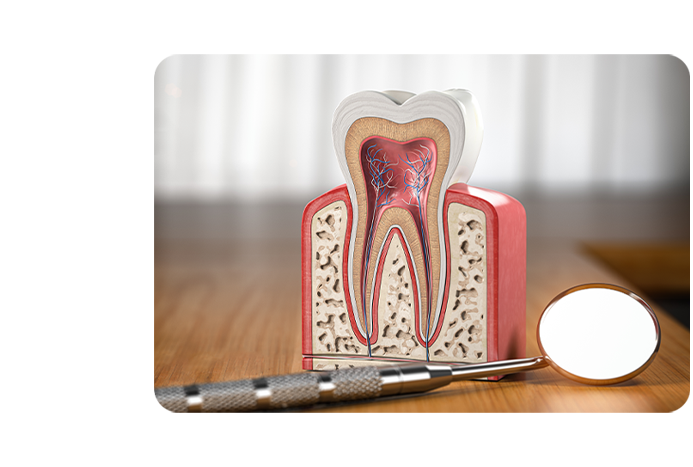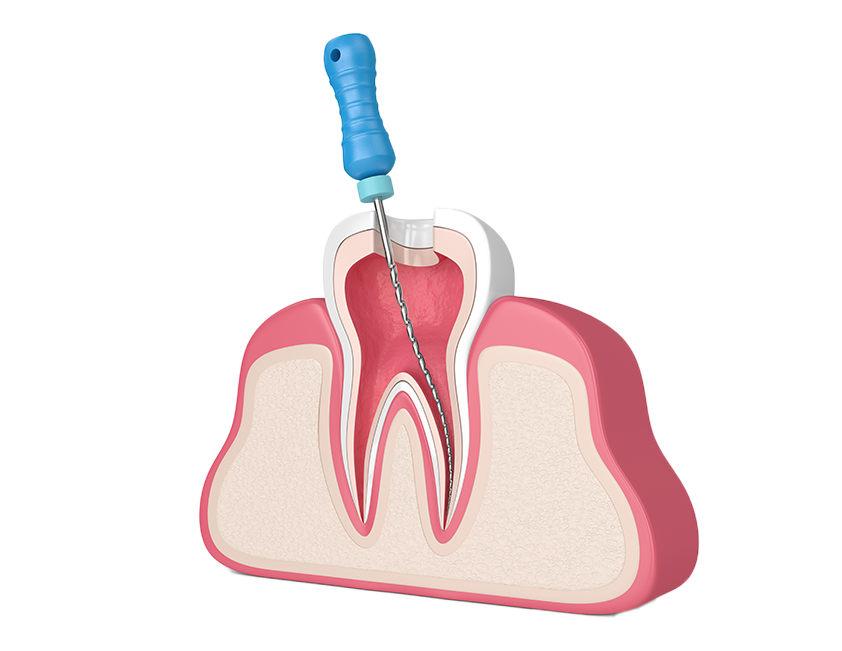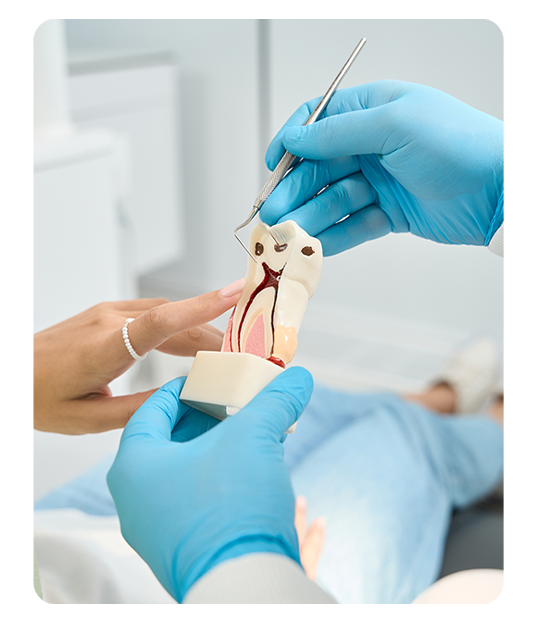Endodontic (Canal) Treatments
Endodontic (Canal) Treatments

What Is Root Canal Treatment?
Root Canal Treatment: An Effective Way to Protect Your Dental Health
Conditions That Require Root Canal Treatment
Conditions That Require Root Canal Treatment


Signs You May Need a Root Canal
Signs You May Need a Root Canal
How is Root Canal Treatment Performed?
How is Root Canal Treatment Performed?


Post-Treatment Care for Root Canal Patients
Post-Treatment Care for Root Canal Patients
Frequently Asked Questions About Root Canal Treatment
Frequently Asked Questions About Root Canal Treatment


Safe and Effective Root Canal Treatment at LHC Clinic
Safe and Effective Root Canal Treatment at LHC Clinic
Frequently Asked Questions
A night guard is a custom-made device worn over teeth at night to: • Prevent tooth damage from grinding or clenching • Alleviate jaw tension and headaches related to bruxism Individuals with teeth grinding, jaw pain, or those who have had restorative dental work are often advised to use a night guard.
Sugar Consumption and Cavities: Facts and Myths
What Is Tartar and How Is It Treated?
Teeth Grinding Habit: Its Relation to Stress and Solutions Teeth grinding, or bruxism, is closely linked to stress, anxiety, and tension. Solutions include: • Using a night guard • Stress-reduction practices (yoga, therapy, exercise) • Mindfulness techniques to become aware of daytime clenching Addressing the root causes of stress can significantly reduce grinding episodes.
Sedation Method in Dentistry
